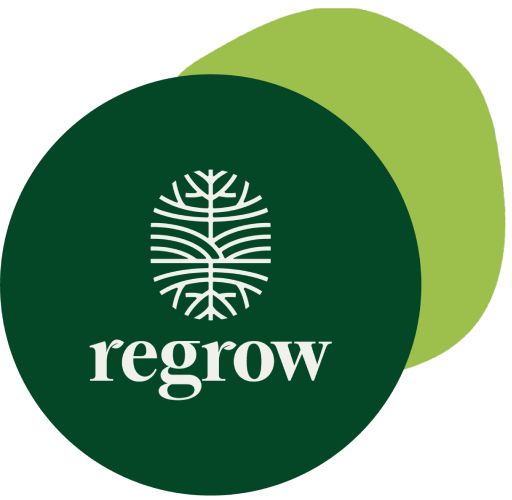Carbon markets have captured the attention of farmers, scientists, food systems experts and large corporations. They allow us to incentivize climate-smart practices in agriculture and have disrupted the market by establishing a system driven by future outcomes, rather than existing products. For many, carbon markets are a realistic and viable way to fight climate change across the globe.
In carbon markets, farmers are paid for the carbon they store in their soil. Climate-smart farming practices, like no-till farming and cover cropping, allow farmers’ soil to store more carbon, thereby removing that carbon from the atmosphere (in the atmosphere, it acts as a greenhouse gas and a cause of climate change.) Paying farmers for stored carbon incentivizes climate-smart practices and encourages farmers to consider these practices as an additional source of profit on their operations.
Is there more where this came from?
Carbon markets are in their infancy, and there are some changes that need to be made to ensure the markets are transparent and standardized. However, as these markets become more viable and more widely-accepted, many experts are wondering, ‘is there more where this came from?’
We recently attended a field day in Washington County, Iowa, hosted by Continuum Ag. The field day included a panel of farmers, politicians and agriculture finance experts, who discussed the future of carbon markets. During the panel, a finance expert posed a question:
“It’s not just about carbon, right? Use it as a pilot. It’s about water quality. It’s about animal welfare. At the end of the day, it’s about sustainability credits. Can you imagine, if we start with carbon and we end up there?”
If we can make carbon credits cost-effective and scalable, and if we can increase transparency in the carbon marketplace, what’s stopping us from taking this concept to the next level? Taking the system that works to incentivize farmers to store more carbon and applying it to generate nitrogen credits, water quality and quantity credits and even biodiversity.
Paving the way for sustainability markets
It’s clear this isn’t the end of the road for sustainability markets in agriculture. In a recent panel discussion hosted by Meister Media, executives from ag technology companies echoed the ideas we heard earlier this year. Darryl Mathews, an executive from Trimble, Inc., said,
“Downstream in the food system, what types of data are people looking for? Consumers will pay a premium for sustainability labels, so contractors will pay, too. Just the word ‘sustainability’ in a store leads to a 40% higher chance of selling a product.”
‘Sustainability’ is a broad term; one that encompasses more than just carbon emissions. As carbon markets are refined and streamlined, and as they become more transparent and verifiable, the industry will become more confident in the markets’ ability to make lasting change.
And with that confidence, there’s an opportunity to consider other sustainability credits, as well. The future of sustainability isn’t dependent on carbon… but it is dependent on agriculture.
Read more insights from this summer’s carbon markets conversations.
.png)


